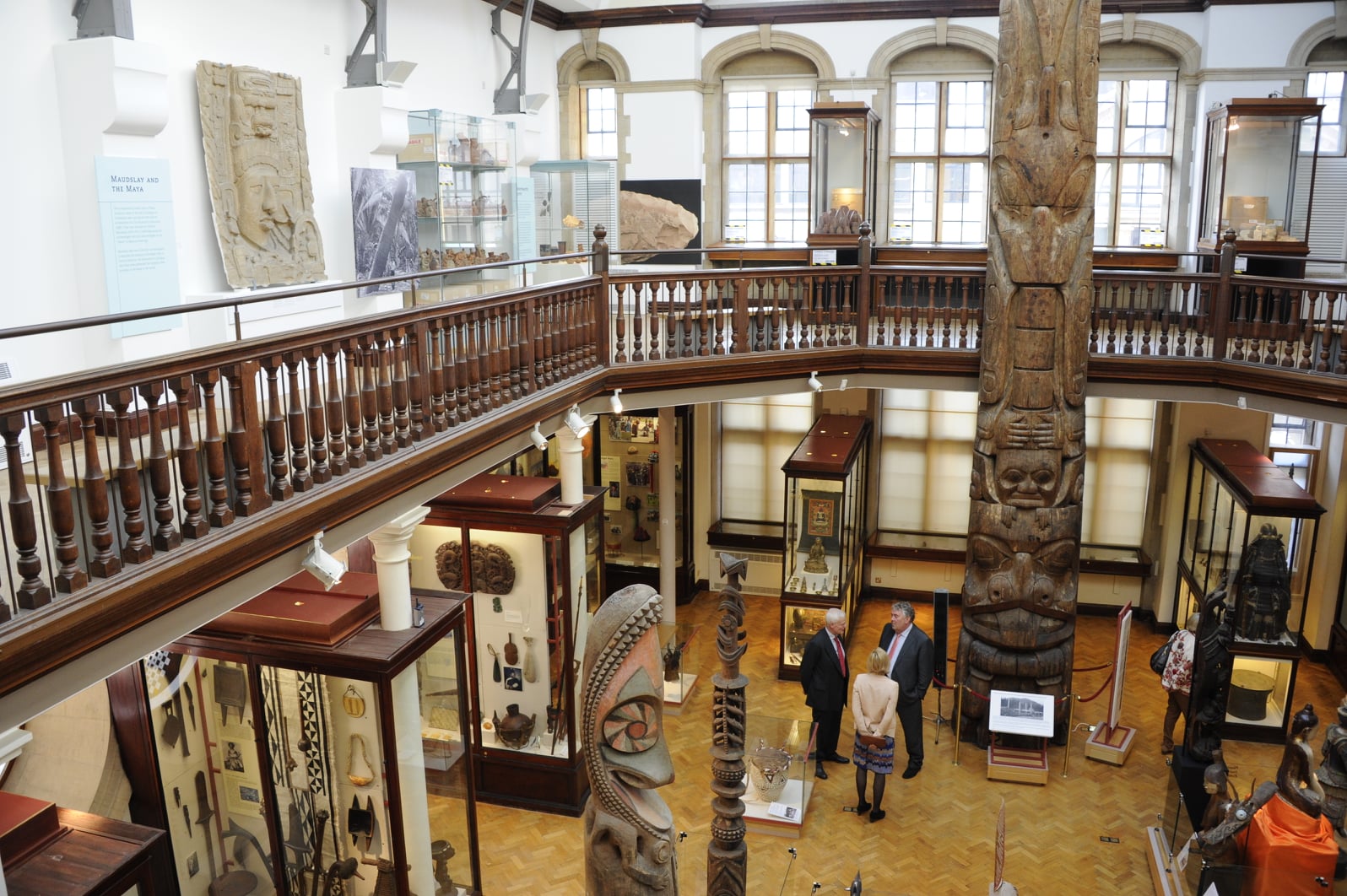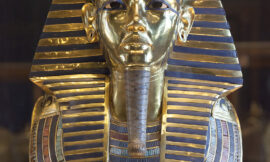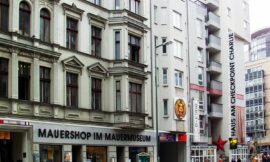The Museum of Archaeology and Anthropology (MAA) in Cambridge, England, is one of the UK’s premier institutions dedicated to the study and display of artifacts from human history. Established in 1884, the museum is part of the University of Cambridge and houses an extensive collection of archaeological and anthropological objects from around the world. The MAA provides a rich resource for scholars, students, and the public, offering insights into the diverse cultures and histories of humanity.
Historical Background
Foundation and Development:
- Establishment: The Museum of Archaeology and Anthropology was founded in 1884, originally to house the archaeological and ethnographic collections of the University of Cambridge.
- Growth and Expansion: Over the years, the museum’s collections have grown significantly through donations, acquisitions, and fieldwork by university scholars. The museum now holds over a million objects, ranging from prehistoric artifacts to contemporary cultural items.
Exhibitions and Collections
Archaeological Collections:
- Prehistoric Artifacts: The MAA’s archaeological collections include some of the oldest objects in human history, such as stone tools from early human sites in Africa and Europe. These artifacts provide crucial evidence about the evolution of human technology and culture.
- Ancient Civilizations: The museum houses significant collections from ancient civilizations, including Egyptian, Roman, Greek, and Mesopotamian artifacts. These objects include pottery, tools, jewelry, and inscriptions that shed light on the daily lives and beliefs of ancient peoples.
Anthropological Collections:
- Global Cultures: The anthropological collections at MAA are incredibly diverse, encompassing objects from Africa, Asia, Oceania, the Americas, and Europe. These collections include clothing, tools, religious artifacts, and art, offering a comprehensive look at the cultural practices and traditions of different societies.
- Notable Collections: Some highlights include Pacific artifacts collected during Captain Cook’s voyages, African masks and sculptures, and Native American artifacts from the Great Plains and Northwest Coast.
Thematic Exhibits:
- Art and Performance: The museum often features exhibitions that explore the relationship between art and performance in various cultures. These exhibits highlight the role of art in rituals, ceremonies, and daily life.
- Ritual and Religion: Another common theme is the exploration of ritual and religious practices across different societies. Exhibits in this category often include ceremonial objects, altars, and religious texts.
Architectural and Spatial Design
Building and Layout:
- Historic Building: The MAA is housed in a historic building on Downing Street in Cambridge. The architecture combines traditional and modern elements, providing an elegant setting for the museum’s diverse collections.
- Exhibition Spaces: The museum’s layout is designed to facilitate a coherent and immersive visitor experience. The galleries are arranged thematically and geographically, allowing visitors to explore the collections in a logical and engaging manner.
Educational and Cultural Impact
Educational Programs:
- School Visits: The MAA offers a variety of educational programs for school groups, including guided tours, workshops, and hands-on activities. These programs are designed to align with the school curriculum and enhance students’ understanding of history and culture.
- University Resources: As part of the University of Cambridge, the museum serves as an important resource for students and researchers. It provides opportunities for hands-on learning and research in archaeology and anthropology.
Cultural Significance:
- Public Engagement: The museum actively engages with the public through lectures, workshops, and special events. These activities help to promote a broader understanding and appreciation of human history and cultural diversity.
- Research and Scholarship: The MAA is a center for research and scholarship in archaeology and anthropology. It supports academic research and collaborates with other institutions worldwide to advance the study of human history.
Visitor Experience
Exhibition Space:
- Accessibility: The museum is committed to making its collections accessible to all visitors. Facilities include ramps, elevators, and accessible restrooms, ensuring that everyone can enjoy the exhibits.
- Visitor Amenities: The MAA offers a range of amenities, including a gift shop, café, and rest areas. Information panels and interactive displays provide context and enhance the visitor experience.
Activities and Events:
- Special Exhibitions: The museum regularly hosts temporary exhibitions that explore specific themes or highlight new acquisitions. These exhibitions keep the museum’s offerings dynamic and engaging.
- Public Programs: The MAA offers a variety of public programs, including lectures, film screenings, and workshops. These programs provide additional opportunities for visitors to learn about archaeology and anthropology.
Notable Exhibits
Pacific Collection:
- Captain Cook’s Artifacts: The museum houses a significant collection of Pacific artifacts, including items collected during Captain Cook’s voyages in the 18th century. These artifacts include tools, weapons, and ceremonial objects that offer insights into the cultures of the Pacific Islands.
Ancient Egyptian Collection:
- Mummy and Funerary Artifacts: The MAA’s Egyptian collection includes a well-preserved mummy and a range of funerary artifacts. These objects provide a glimpse into the beliefs and practices surrounding death and the afterlife in ancient Egypt.
African Masks and Sculptures:
- Cultural Significance: The museum’s collection of African masks and sculptures highlights the artistic and cultural diversity of the continent. These objects are often used in rituals and ceremonies, reflecting the spiritual and social values of different African societies.
Preservation and Conservation
Object Conservation:
- Expert Teams: The MAA employs skilled conservators who work to preserve and maintain the museum’s collections. Conservation efforts ensure that the objects remain in good condition for future generations to study and enjoy.
- Restoration Projects: The museum undertakes restoration projects to repair and restore damaged artifacts. These projects often involve extensive research and careful work to maintain the integrity and authenticity of the objects.
Archival Work:
- Document Preservation: In addition to the physical preservation of objects, the museum maintains extensive archives of documents, photographs, and research materials. These archives are crucial for ongoing research and scholarship in archaeology and anthropology.
Conclusion
The Museum of Archaeology and Anthropology in Cambridge offers a rich and engaging exploration of human history and cultural diversity. Through its extensive collections, innovative exhibits, and educational programs, the museum provides a valuable resource for scholars, students, and the public. It stands as a testament to the complexity and richness of human cultures, celebrating the achievements and contributions of societies from around the world. Whether you are a history enthusiast, a student, or a casual visitor, the MAA offers a fascinating journey through the past, illuminating the stories and artifacts that have shaped our world.



